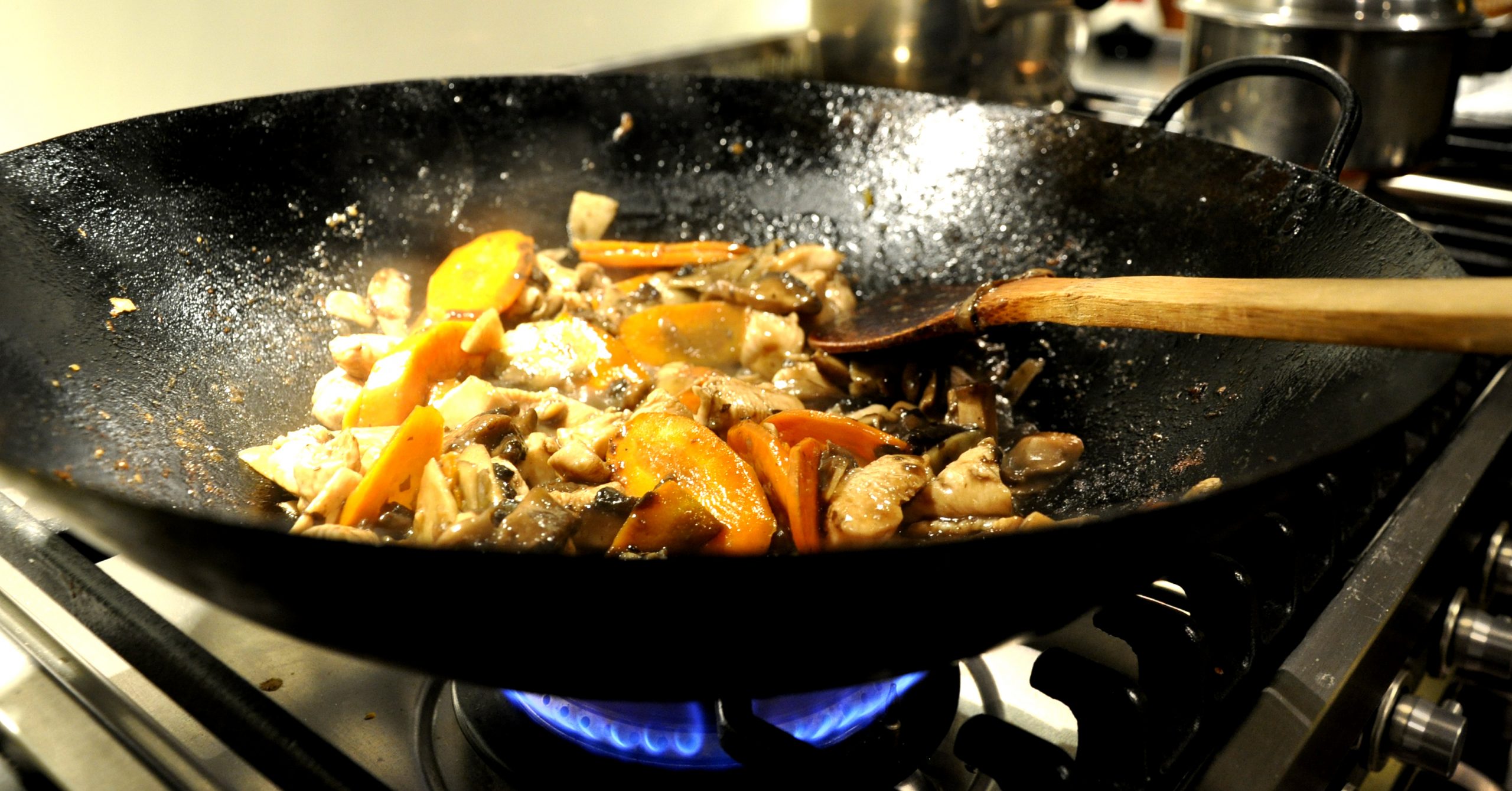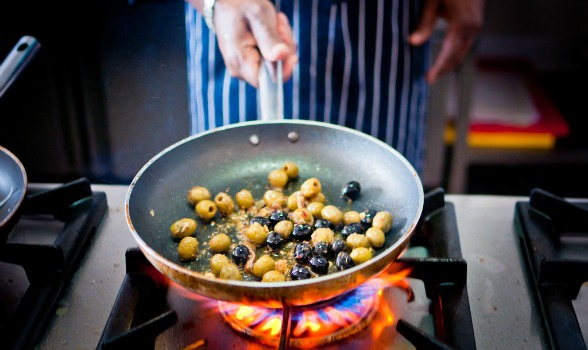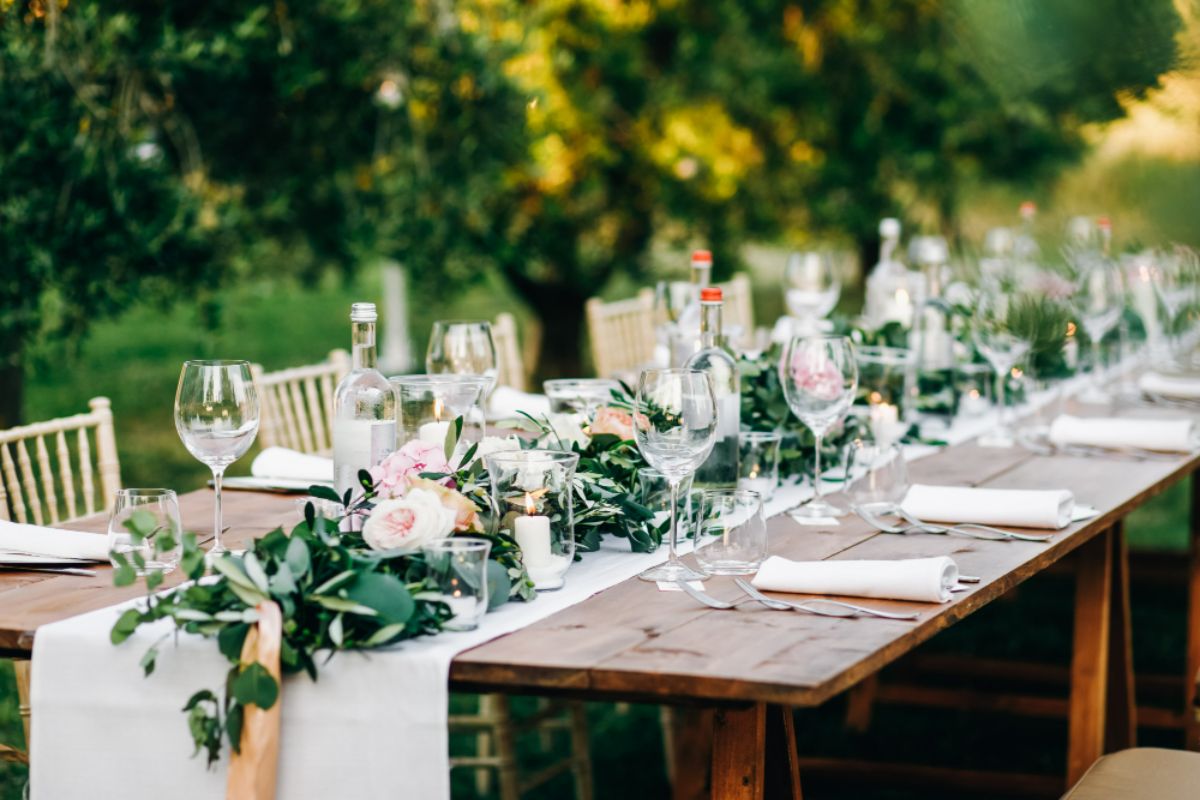Woks vs. Pans

When should I use a pan and a wok?
- Frying pans are better in general for cooking most dishes and in a home kitchen setting where you wouldn’t want excessive amounts of heat.
- Woks are used for traditional Chinese dishes and must only be used by trained professionals.
Throughout the world exists varying methods of cooking and preparing food; that which is considered the norm here may not necessarily be common in another country. In the same way, wedding catering in Manila may be entirely different from wedding food traditions in other parts of the world.
Dividing the world is an invisible line called culture and, through culture, one can catch a glimpse of how another country lives. A good example of this is how some countries specialize in cooking with a wok while other countries would prefer cooking with a pan.
FRYING PANS
Cooking with a frying pan has become the norm in most Filipino households. Whether you are cooking pancakes for breakfast or even steaks for dinner, the frying pan is the “be-all and end-all” with regards to Filipino cooking.
Frying Pans are portable
Frying pans are designed to be portable. They are small, easily accessible, and using them is a cinch. You can bring your frying pan anywhere, especially if they are non-stick pans. They are also convenient to use because of their lack of weight, which makes them even more convenient to bring around.
Frying Pans are easy to clean
While frying pans are portable, they are also easy to clean, which is why they are good to bring around even when on a trip. While non-stick pans cannot be scrubbed because of their special surface, they can be easily washed.
You can cook anything on a Frying Pan
While frying pans are small, it is possible however to cook big meals with them. From searing steaks to stir-frying vegetables, a lot of dishes are made easier to cook because of the many advantages brought on by the frying pan.
You can create great Stir-Fry Dishes
While cooking some stir-fry dishes in a frying pan will not yield the same results as you would get when using a wok, it can still help you cook delicious and authentic dishes. Dishes such as a black pepper steak or a fish fragrant eggplant are perfect examples.
You won’t need a lot of oil
When using a pan to cook dishes, you only need to use a third or a half of the oil usually needed when cooking with a wok. This is especially useful because not all stir fry dishes need to be cooked in oil of high temperature. You will be surprised on how much more oil is needed when cooking a familiar dish in a wok.
Frying Pans are Best for Beginners
As mentioned above, pans don’t need to be heated to high levels to be able to cook. Also, pans are relatively slow cookers as compared to woks. Thus, a beginner can take their time in a safe environment when learning how to cook using a pan.
Frying Pans work well with most home setups
The bottom of a pan is flat, which means it will work for most home set ups where the burner isn’t too deep. It can even be used on an electric stove, which is a popular choice for those who want to lessen fire hazards in their home. A wok will not be able to hold steady in such a device and it won’t heat up as well since only the bottom of the bowl will be in contact with it.
WOKS
Woks are bulky bowl-shaped frying pans and are usually associated with Chinese cuisine. This is appropriate because the popularity of their usage is largely attributed to Chinese culinary arts. A lot of Chinese food is stir-fried and their distinct taste can only be achieved with the mighty wok.
Unique Taste
Because of the phenomena that can only be achieved with a wok called “wok hei” which literally means “wok air”, the food fried with a wok will have a distinct smoky taste that is usually tasted in food prepared by professional chefs in Chinese restaurants. Wok hei is generated by gradually heating the wok and then adding oil and the food to be cooked after. Apparently, the quality of wok hei is determined by the quality of the oil and the quantity placed in the wok as it heats up.
An example meal that can only be cooked to perfection by using wok hei is the famous black pepper rib-eye beef with merlot, which is known to have a smoky taste.
Curvature
Because the heat is concentrated towards the bottom of the pan and the food naturally falls toward the bottom, a wok allows one to cook at high speeds. This becomes extremely useful for professional chefs specializing in Chinese cuisine, especially when the food is tossed and since cooking oil also concentrates at the bottom.
When the food is tossed, the oil gets distributed evenly and all the parts of the dish can get in contact with the bottom of the pan. A wok was really made for this purpose and the upper parts of the pan – the walls – were made so that the food won’t fall off easily when it is tossed.
Tradition
As stated above, traditional Chinese cooking is reliant on frying food with the wok and majority of the Chinese food that can be consumed are prepared and cooked with a wok. However, woks aren’t exclusive for Chinese meals because any food that can be fried or if it requires a smoky taste may be prepared with a wok.
Deep Fry
Because it is essentially a deep pan, you can also use it as a deep fryer. You can do the same with a sauce pan but it will take much more oil. Using a wok is a cheaper way to get some delicious deep-fried meals at a fraction of the price.
Professional-use only
Precisely, because woks have an actual method of use, professional training or supervision is required for using this cooking tool correctly. While this may not be an advantage per se, this simply means that most of the people who use woks are either professionals or well-trained.
Key Takeaway
While there are pros and cons for both the wok and the frying pan, it is universally agreed upon that food prepared with love tastes the best. For a catering experience filled with love, why not give Juan Carlo a shot? For more information, kindly go to www.innovnational.com/juancarlo to book your next unforgettable memory, today.




